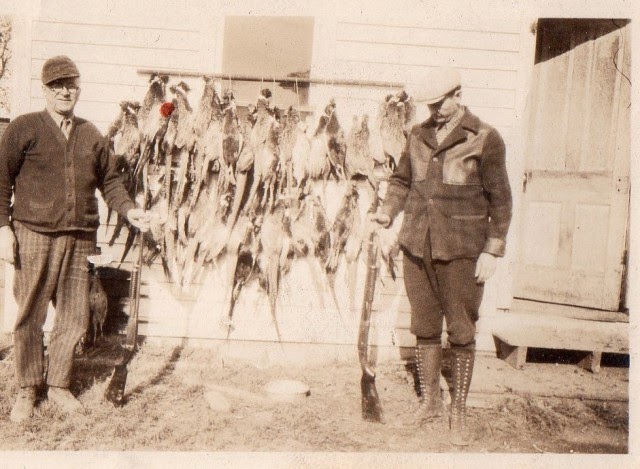 |
| Remington Expert Trap Thrower |
Happy Thanksgiving! A tradition in our family (the Book family) has always been, on Thanksgiving to go out and shoot guns. Not just any guns, but guns of a more historical nature. So as to not break tradition this year was no different, but for a new addition.
Dad recently got some old trap throwers. One is a Remington Arms Expert and the other....
We had to do a little work to get the Remington up and going adding a rope and such. After a few tries we got her tightened up and throwing just fine.
 The "Expert" model trap was patented in 1882 by Eley Brothers LTD. London. The Remington "Expert" is identical but has the Remington name on it which we can assume they bought the patent and reproduced them.
The "Expert" model trap was patented in 1882 by Eley Brothers LTD. London. The Remington "Expert" is identical but has the Remington name on it which we can assume they bought the patent and reproduced them.
We had a great time getting it up and going and even more fun shooting. This will be a great addition to our "Early 20th Century Sportsman" activities in the future.









